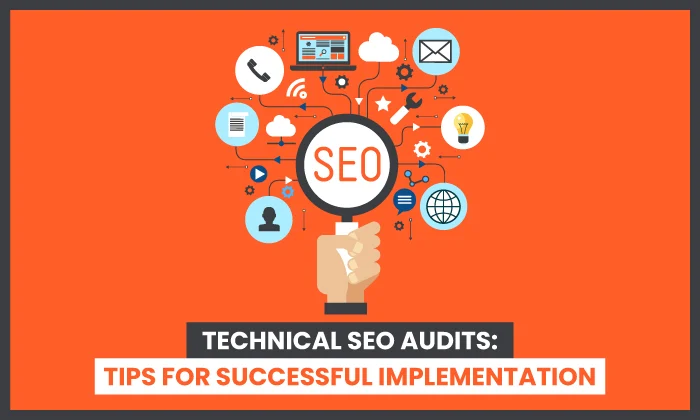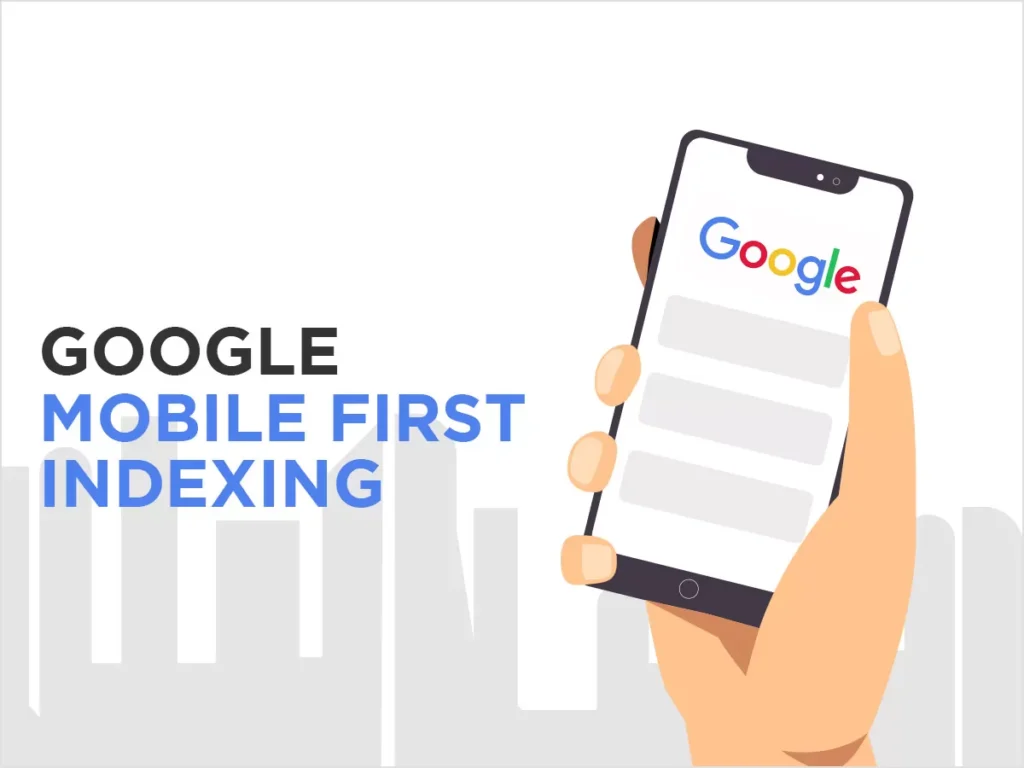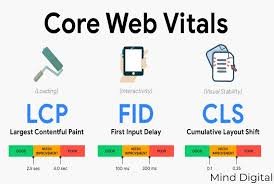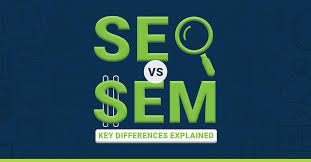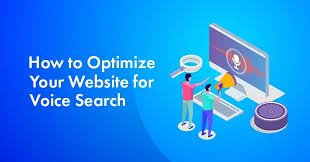How to Run a Full Technical SEO Audit: 10 Steps for a Healthier Website
A technical SEO audit is crucial for ensuring that your website is optimized for search engines and provides a seamless user experience. Regular audits help identify issues that could impact your site’s performance, visibility, and ranking. Here’s a step-by-step guide on how to run a comprehensive technical SEO audit. 1. Crawl Your Website Start with a website crawler tool like Screaming Frog or Sitebulb to analyze your site. Crawling helps identify broken links, redirects, duplicate content, and more. Ensure you crawl both desktop and mobile versions of your site for a complete picture. 2. Check for HTTPS Security Ensure that your site is secured with HTTPS. Security is a ranking factor for Google, and having an SSL certificate protects user data. Use tools like SSL Labs to verify the security status of your website. 3. Evaluate Page Speed Page speed is vital for user experience and SEO. Use Google PageSpeed Insights or GTmetrix to analyze your site’s loading times. Aim for a loading time of less than 3 seconds, and follow the tool’s recommendations for improvement, such as optimizing images and minimizing JavaScript. 4. Review Mobile-Friendliness With mobile-first indexing in place, ensure your site is mobile-friendly. Use Google’s Mobile-Friendly Test to identify any usability issues. Make sure your website design is responsive, and elements are easily accessible on smaller screens. 5. Analyze URL Structure Examine your URL structure for clarity and SEO-friendliness. URLs should be short, descriptive, and include target keywords. Avoid using complex parameters or excessive numbers. Tools like Google Search Console can help identify problematic URLs. 6. Check for Crawl Errors Monitor your site’s crawl errors using Google Search Console. Look for any 404 errors or server issues that prevent search engines from accessing your pages. Fixing these errors can improve your site’s visibility in search results. 7. Evaluate Site Architecture and Internal Linking A clear site architecture improves user experience and helps search engines crawl your site effectively. Ensure that your important pages are easily accessible through internal linking. Create a logical hierarchy and use breadcrumb navigation for better usability. 8. Review Metadata Analyze your page titles, meta descriptions, and header tags. Ensure that they are unique, relevant, and optimized with target keywords. Use tools like SEMrush or Moz to assess your metadata and make necessary adjustments. 9. Conduct a Backlink Analysis Evaluate your backlink profile using tools like Ahrefs or Majestic. Identify toxic links that may harm your site’s reputation and remove or disavow them. Aim for high-quality backlinks to improve your site’s authority. 10. Monitor Indexing Status Finally, check your site’s indexing status in Google Search Console. Ensure that important pages are indexed and that there are no issues preventing them from appearing in search results. Create and submit an XML sitemap to facilitate proper indexing. Call to Action: Running a technical SEO audit can be complex, but it’s essential for a healthier website and improved search performance. If you need assistance, contact Social Media Max for expert guidance and support in conducting your technical SEO audit. Reach out at 0161 399 3517 or email Syed_66@hotmail.com for tailored solutions to enhance your site’s SEO health!
